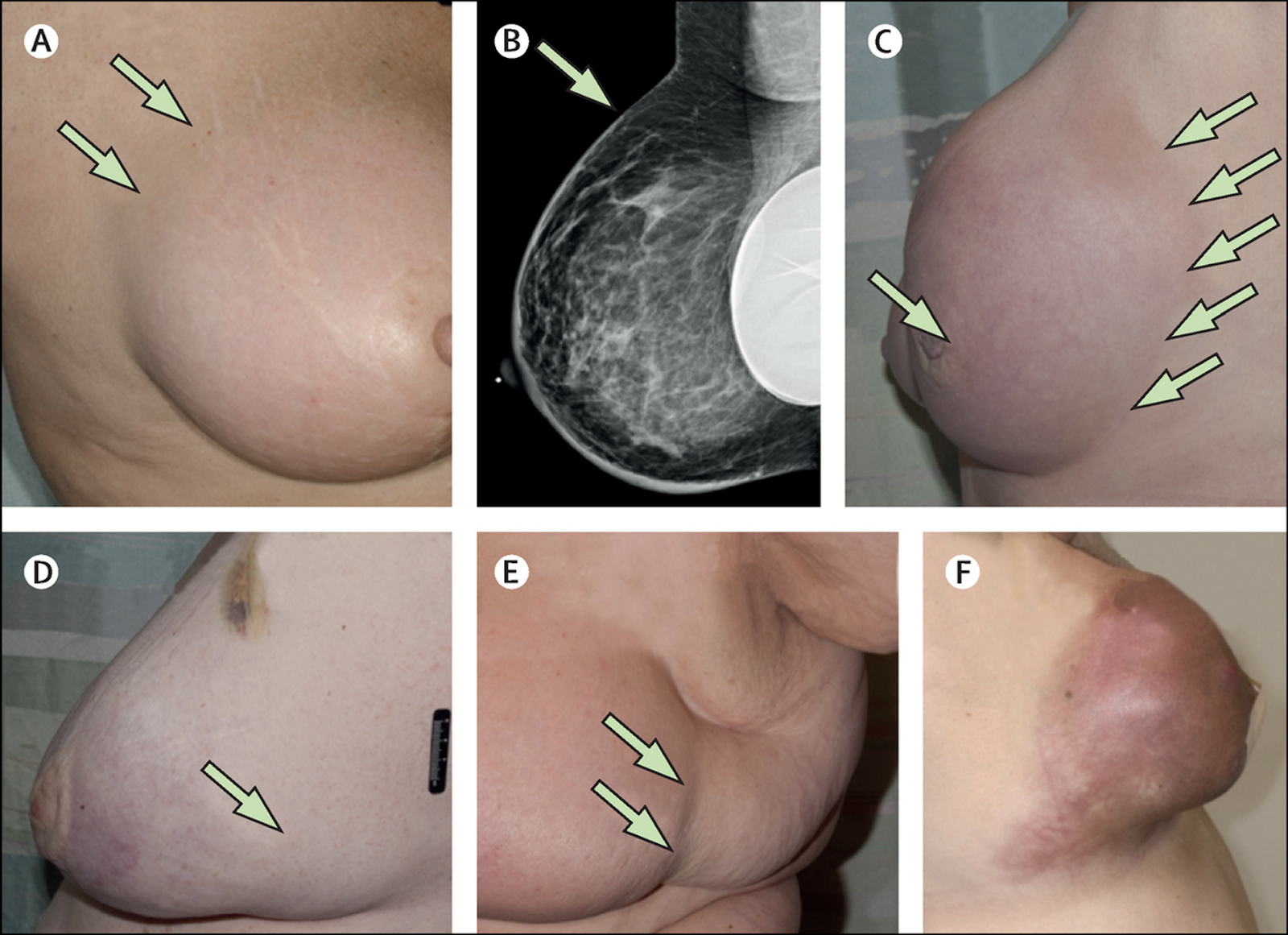Assistive technology, often abbreviated as AT, is a dynamic field that encompasses a wide range of devices, software, and tools designed to empower individuals with disabilities, enhancing their quality of life and promoting independence.
These innovative technologies bridge the gap between individuals' abilities and daily challenges, offering practical solutions to overcome obstacles they might face.
In this comprehensive exploration, we will delve into various types of assistive technology, its multifaceted benefits, and the profound impact it has on the lives of those it serves.
Types of Assistive Technology
1. Mobility Aids:
Mobility aids are designed to assist individuals with mobility impairments. These include wheelchairs, walkers, canes, and scooters. The choice of mobility aid depends on the individual's specific needs, such as whether they need full-time or occasional assistance with mobility.
2. Communication Devices:
Communication devices cater to individuals with speech or communication difficulties. Augmentative and alternative communication (AAC) devices, like speech-generating devices and communication boards, facilitate effective communication for those with conditions like aphasia or non-verbal autism.
3. Hearing Aids and Cochlear Implants:
For individuals with hearing impairments, hearing aids and cochlear implants are transformative. These devices amplify sound and can help restore or enhance hearing abilities, enabling more effective communication and engagement in daily activities.
4. Screen Readers and Braille Displays:
Blind or visually impaired individuals benefit from screen readers and Braille displays. Screen readers convert digital text into synthesized speech, while Braille displays provide tactile feedback by converting text into Braille characters, enabling users to access digital content and navigate technology independently.
5. Text-to-Speech (TTS) Software:
TTS software reads text aloud, making digital content accessible to individuals with visual or reading impairments. It enhances access to information on computers, smartphones, and e-readers, promoting inclusivity.
6. Environmental Control Systems (ECS):
ECS empower individuals with physical disabilities to control their environment. These systems enable the operation of lights, appliances, thermostats, and security systems through voice commands or assistive devices, offering greater independence in daily living.
7. Prosthetics and Orthotics:
Prosthetic limbs and orthotic devices are invaluable for individuals who have lost limbs or require support for weakened limbs. Advances in materials and design have made these assistive technologies more comfortable and functional than ever before.
8. Sensory Aids:
Sensory aids address sensory impairments such as blindness or deafness. Braille embossers can produce tactile graphics, offering access to visual information for those with visual impairments. On the other hand, assistive listening devices improve sound clarity for individuals with hearing difficulties.
9. Adaptive Software:
Adaptive software includes a wide range of applications tailored to accommodate various disabilities. This can include screen magnification software for low-vision users, voice recognition software for those with limited motor skills, and cognitive support software for individuals with learning disabilities.
10. Proximity Sensors and Voice Assistants:
Proximity sensors can help individuals with mobility issues by automatically opening doors or activating other devices when they approach. Voice assistants like Siri, Alexa, and Google Assistant provide hands-free control of technology and can assist with tasks like setting reminders, sending messages, or playing music.
Benefits of Assistive Technology
1. Enhanced Independence:
Assistive technology empowers individuals to perform tasks independently, fostering a sense of self-sufficiency and reducing reliance on caregivers. This increased independence contributes to improved self-esteem and overall well-being.
2. Improved Quality of Life:
AT devices and tools enhance the overall quality of life for individuals with disabilities by enabling them to engage more fully in daily activities, including education, work, and social interactions.
3. Access to Education:
Assistive technology facilitates access to educational resources for students with disabilities. It includes screen readers, note-taking apps, speech recognition software, and adaptive learning platforms, ensuring a level playing field in the classroom.
4. Employment Opportunities:
AT can break down employment barriers by providing accommodations that enable individuals with disabilities to excel in the workplace. Screen magnifiers, ergonomic keyboards, and specialized software enable full participation in a variety of professions.
5. Enhanced Communication:
Communication aids like AAC devices empower individuals with speech impairments to express themselves effectively, fostering meaningful connections and reducing frustration.
6. Accessibility in the Digital Age:
Assistive technology makes the digital world more accessible. Screen readers, alternative input devices, and accessible website design enable individuals with disabilities to navigate the internet, access information, and connect with others online.
7. Inclusion in Social Activities:
Social engagement is vital for well-being. AT devices enable individuals with disabilities to participate in social events, communicate with friends and family, and access cultural and recreational activities.
8. Increased Safety and Environmental Control:
Environmental control systems enhance safety by allowing individuals with mobility impairments to control home appliances and security systems. This independence enhances their safety and peace of mind.
9. Customization and Personalization:
Assistive technology solutions can be customized to meet individual needs and preferences. This personalization ensures that users receive tailored support to address their specific challenges.
10. Empowerment and Advocacy:
AT empowers individuals with disabilities to advocate for their rights and needs. Access to technology and information enables self-advocacy, fostering a sense of control over one's life and future.
The Significance of Assistive Technology
Assistive technology plays a pivotal role in promoting inclusivity and breaking down barriers for individuals with disabilities.
It not only enhances their daily lives but also contributes to societal progress by ensuring that the talents and contributions of all individuals are recognized and utilized.
The ongoing development of AT continues to open doors and create opportunities, fostering a more equitable and inclusive world for everyone.







